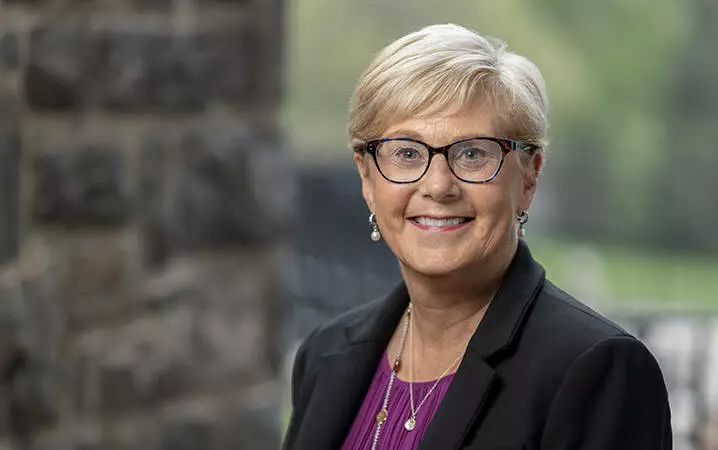Case Study
There is no one-size-fits-all approach to engage consumers on sustainability. Brand teams that understand where consumers fall on their sustainability concerns and interests have more success in creating offerings that deeply resonate with the many diverse needs and expectations across a range of key stakeholders including customers, senior leaders, investors, and others. The goal of a consumer sustainability spectrum is to identify solutions that engage the widest range of target groups while not alienating those who express lower interest or concerns with sustainability.
Below is an overview of how Radius developed a consumer sustainability spectrum to help a leading food and beverage retailer reach its business and marketing goals:
Business Issue
The company wanted to be recognized as one that is committed to reducing its resource impact on the environment. The brand teams had a lot of ideas on what they wanted to do from a social and environmental perspective but needed to understand where to focus their efforts to reach the widest possible audience. The team understood that there was no “one-size-fits-all” approach to engaging with consumers on sustainability.
Insights Goal
The brand team sought to understand the different motivations and behaviors of consumers who want to make choices that would reduce resource usage and contribute positively to addressing environmental and social issues. The desired outcome of the research is clear guidance to develop a compelling sustainability brand positioning and to identify the initiatives and innovations that best demonstrate the company’s support.
Insights Approach
A holistic segmentation study was developed that probed the mindsets and behaviors of consumers on sustainability. A 25-minute online survey was conducted among 3000+ customers and non-customers.

There is no one-size-fits-all approach to engage consumers on sustainability. Brand teams that understand where consumers fall on their sustainability concerns and interests have more success in creating offerings that deeply resonate with the many diverse needs and expectations across a range of key stakeholders including customers, senior leaders, investors, and others.”
Segmentation Spectrum
From the advanced statistical research, Radius was able to create and define consumer profiles to identify priority targets, based key defining and differentiating behaviors and attitudes
- Five distinct target profiles were created based upon what inspires them and how they feel about a range of issues across the social and environmental continuum
- Two of these targets were identified as most interested in sustainability, one showed moderate interest, and two showed no or low interest high priority consumers
- Several areas were identified that resonated across all groups and position the company as working to reduce impact on the environment
- The research report provided a robust profile for each segment including deep insights into their behaviors, perceptions, attitudes, demographics, and consumption patterns and engagement
- The profiles would be embedded into future research when appropriate and helped the team determine which corporate initiatives to move forward with, the ones that should be continued, and ones that didn’t needed to be communicated or marketed
Outcome: Grounded the team on sustainability roadmap and key priorities
The consumer sustainability spectrum guided a cross functional team of key stakeholders on aligning key priorities from the host of initiatives they were debating. This work ensured the teams find innovative paths forward to address the diverse needs of customers, investors, stakeholders, and the media.
Ready to learn more?

